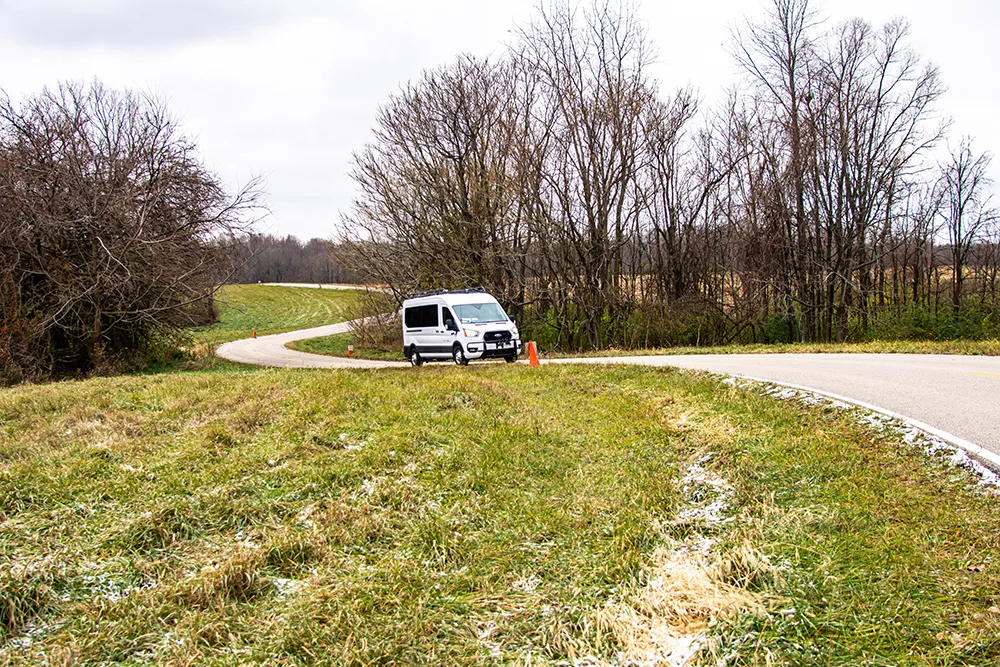Parsons Brinckerhoff has been awarded a contract to assist the Michigan Department of Transportation (DOT) with the delivery of a project to modernise an 18-mile section of the I-75 freeway in Oakland County, Michigan.
The US$850 million project, which runs from Auburn Hills to Hazel Park, involves reconstruction of the highway along with the addition of the first high-occupancy vehicle (HOV) lanes in Michigan. The project includes replacement of 51 bridges, reconstructing existing road surface, improvin
July 4, 2014
Read time: 2 mins
The US$850 million project, which runs from Auburn Hills to Hazel Park, involves reconstruction of the highway along with the addition of the first high-occupancy vehicle (HOV) lanes in Michigan. The project includes replacement of 51 bridges, reconstructing existing road surface, improving the drainage system, enhanced aesthetic treatments developed through intensive stakeholder engagement, and upgrading geometrics and interchanges. One new lane will be added in each direction to serve as an HOV lane during peak periods.
As the owner’s representative, Parsons Brinckerhoff will serve as an extension of the Michigan DOT staff, responsible for multi-year work order tasks to support the DOT in the delivery of both design-build and design-bid-build segments.
The I-75 modernisation corridor is divided into eight segments with the first to be delivered under a design-build contract and the remaining seven segments delivered through design-bid-build. Completion of the overall project is slated for 2032.









